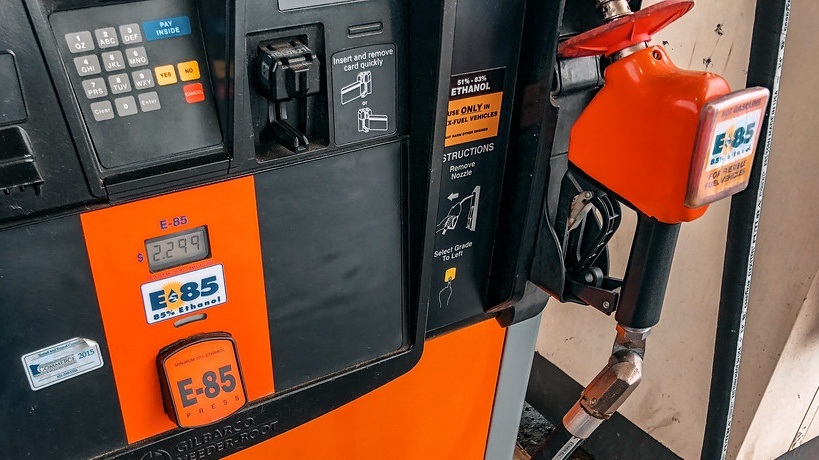The EPA recently announced a proposed package of actions setting biofuel blending volumes for 2022, 2021, and 2020. The agency also introduced regulatory changes to the Renewable Fuel Standard (RFS) that will enhance the program’s objectives.
Additionally, the USDA announced $800 million to support biofuel producers and infrastructure. That includes up to $700 million in pandemic assistance for losses related to biofuel. The funds will be available through Biofuel Producer Program authorized by the Coronavirus Aid, Relief, and Economic Security Act (CARES Act).
Farm Bureau welcomes the EPA action regarding the RFS.
“The American Farm Bureau Federation appreciates the administration’s recognition that renewable fuels produced by America’s farmers have an important role in America’s future,” AFBF President Zippy Duvall said in a statement. “President Biden promised his administration would ‘honor the critical role the renewable fuel industry plays in supporting the rural economy and the leadership role American agriculture will play in our fight against climate change.’
“(December’s) EPA announcement upholds the integrity of the RFS by setting a positive target for 2022 Renewable Volume Obligations (RVOs) of 20.77 billion gallons of blending and saying no to all 65 pending small refinery exemptions, which have undermined renewable fuel production in the past. We’re also pleased USDA will finally be allocating $700 million in pandemic assistance for losses related to biofuel production.
“The use of ethanol and biodiesel have reduced greenhouse gas emissions the equivalent of taking 18 million cars off the road per year. Support for biofuels simply makes sense. We look forward to working with EPA and USDA as they carry out (December’s) announcements and in future efforts to support biofuels and their benefits for all Americans.”
Proposed Volume Requirements
For 2022, the EPA is proposing the highest total volumes in history, more than 3.5 billion gallons higher than the volume of renewable fuel used in 2020. The proposed volume of advanced biofuel for 2022 is over 1 billion gallons more than the volume used in 2020.
| Proposed Volume Requirements for 2020-2022 (billion gallons) | |||
| Category | 2020 | 2021 | 2022 |
| Cellulosic Biofuel | 0.51 | 0.62 | 0.77 |
| Biomass-Based Diesel | 2.43 | 2.43 | 2.76 |
| Advanced Biofuel | 4.63 | 5.20 | 5.77 |
| Total Renewable Fuel | 17.13 | 18.52 | 20.77 |
| Supplemental Standard | n/a | n/a | 0.25 |
The EPA action also proposes a regulatory framework to allow biointermediates – which the EPA identifies as “feedstocks that have been partially converted at one facility but are then sent to a separate facility for final processing into an RFS-qualified biofuel” – to be included in the RFS program.
Small Refinery Exemptions
The EPA also proposed denying 65 pending applications for small refinery exemptions. The EPA is seeking public comment on that decision and is seeking information, data, and legal interpretations from stakeholders, the public, and the individual petitioning refineries.

